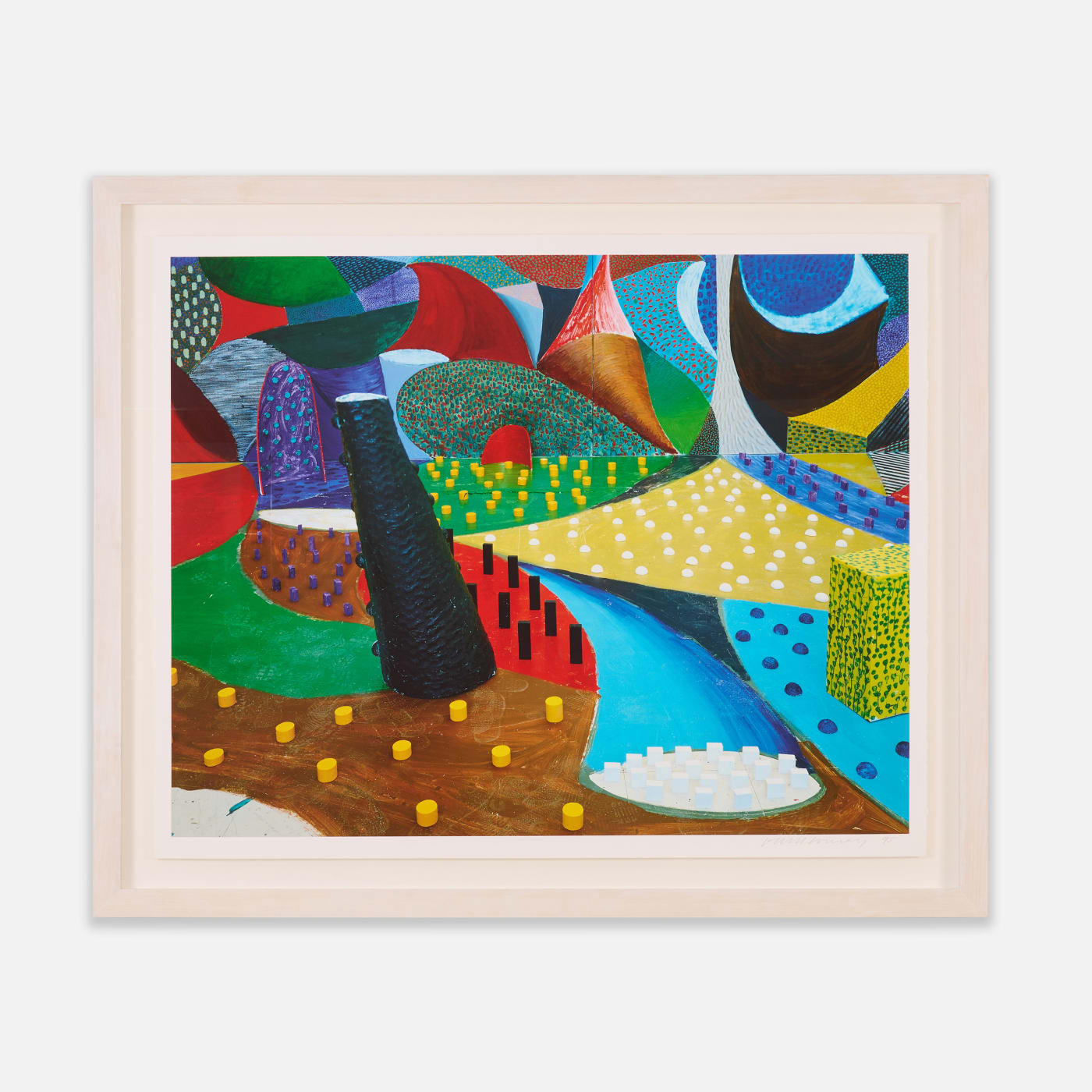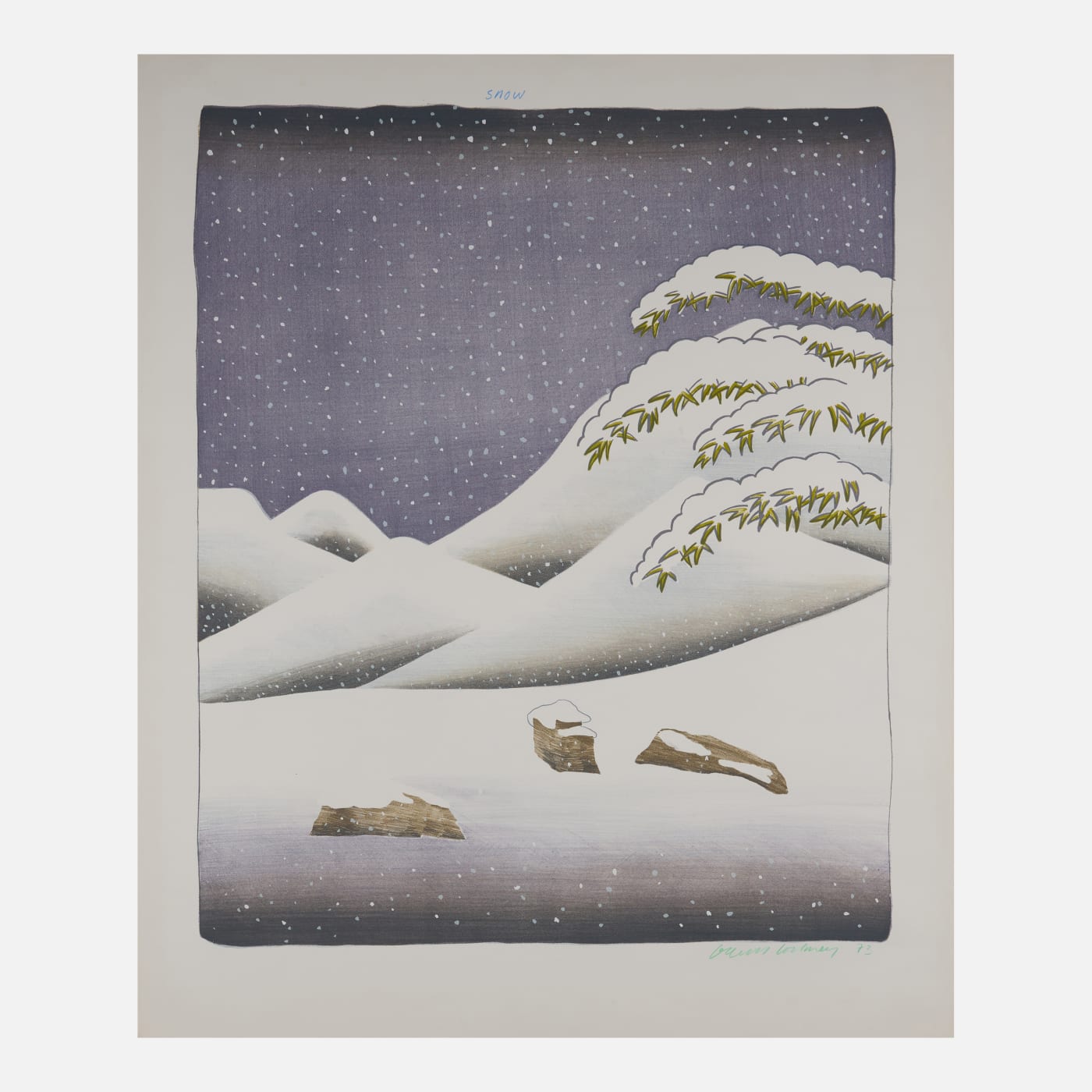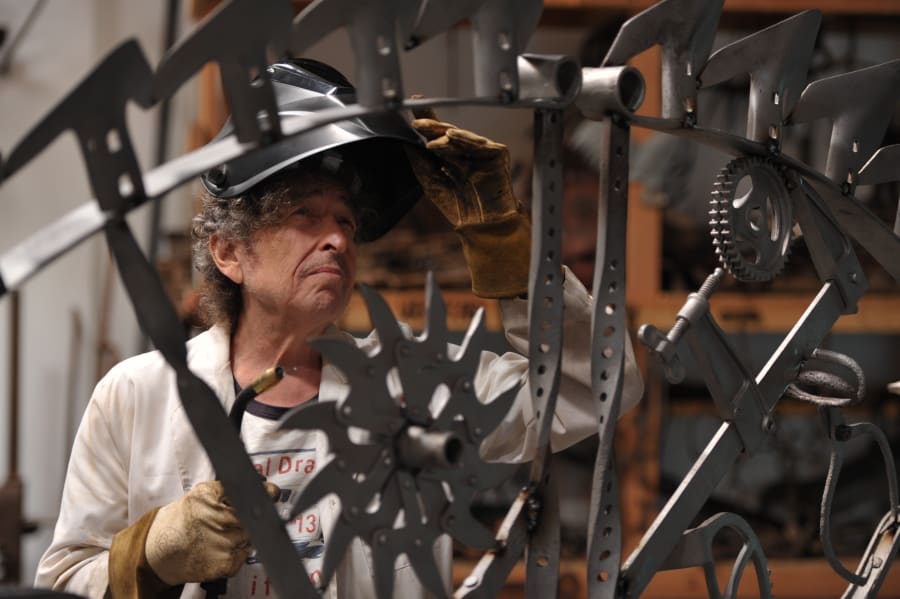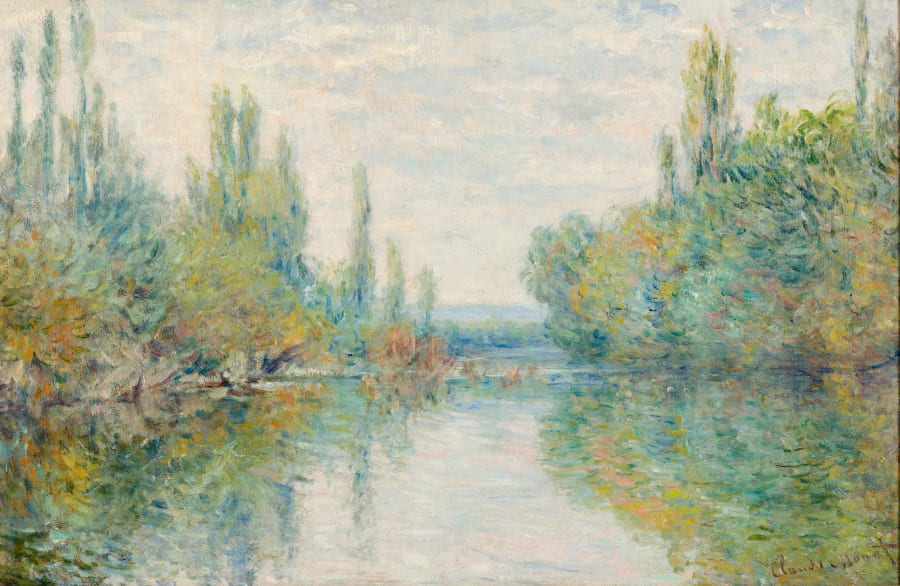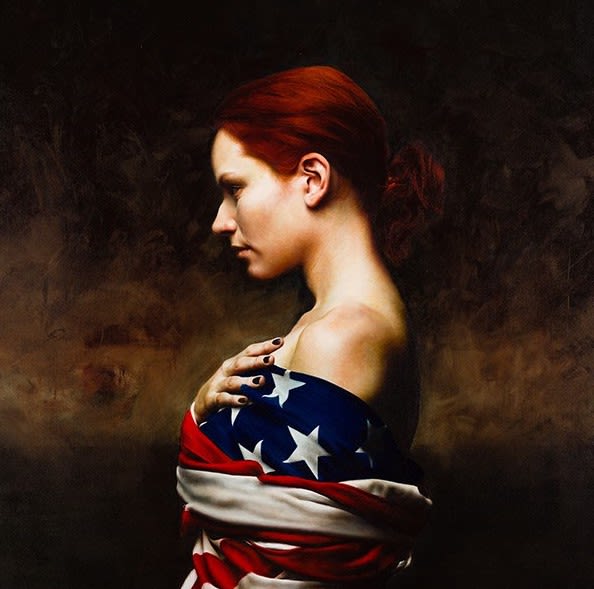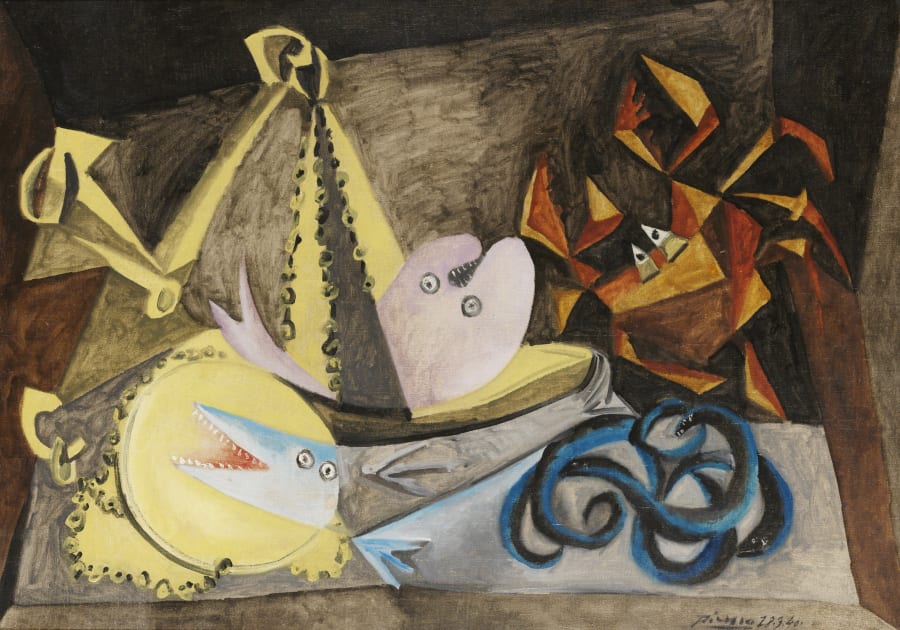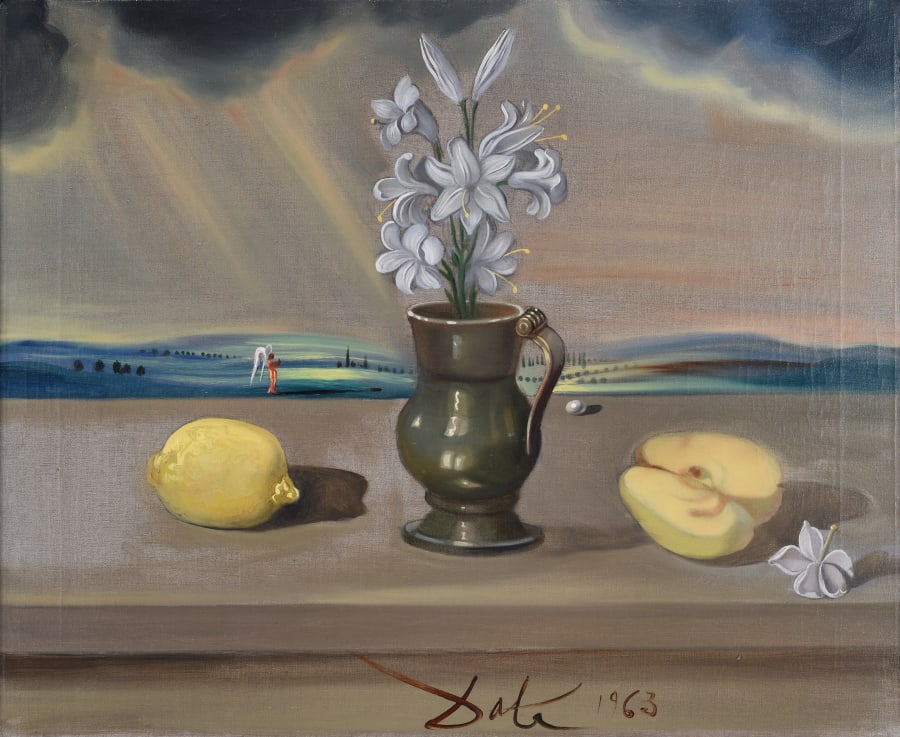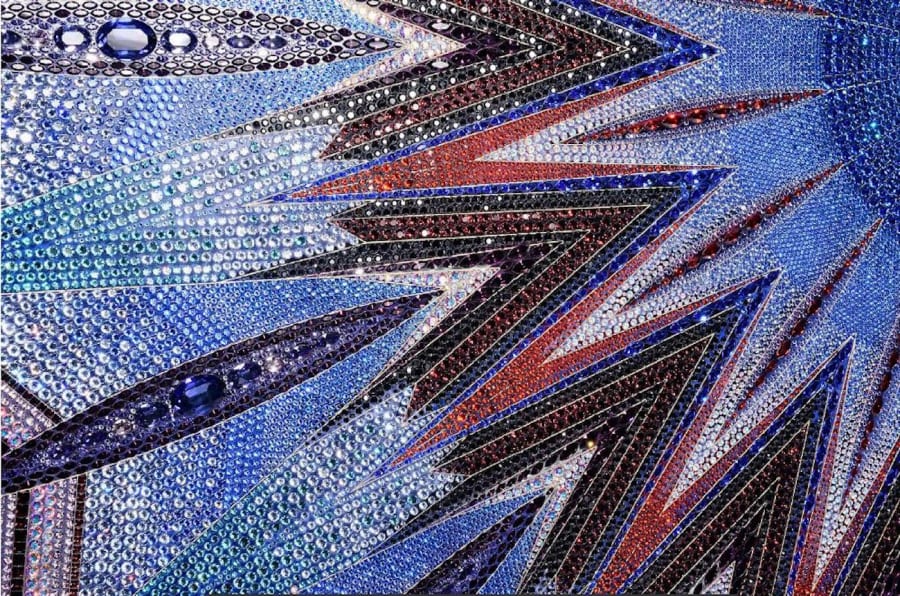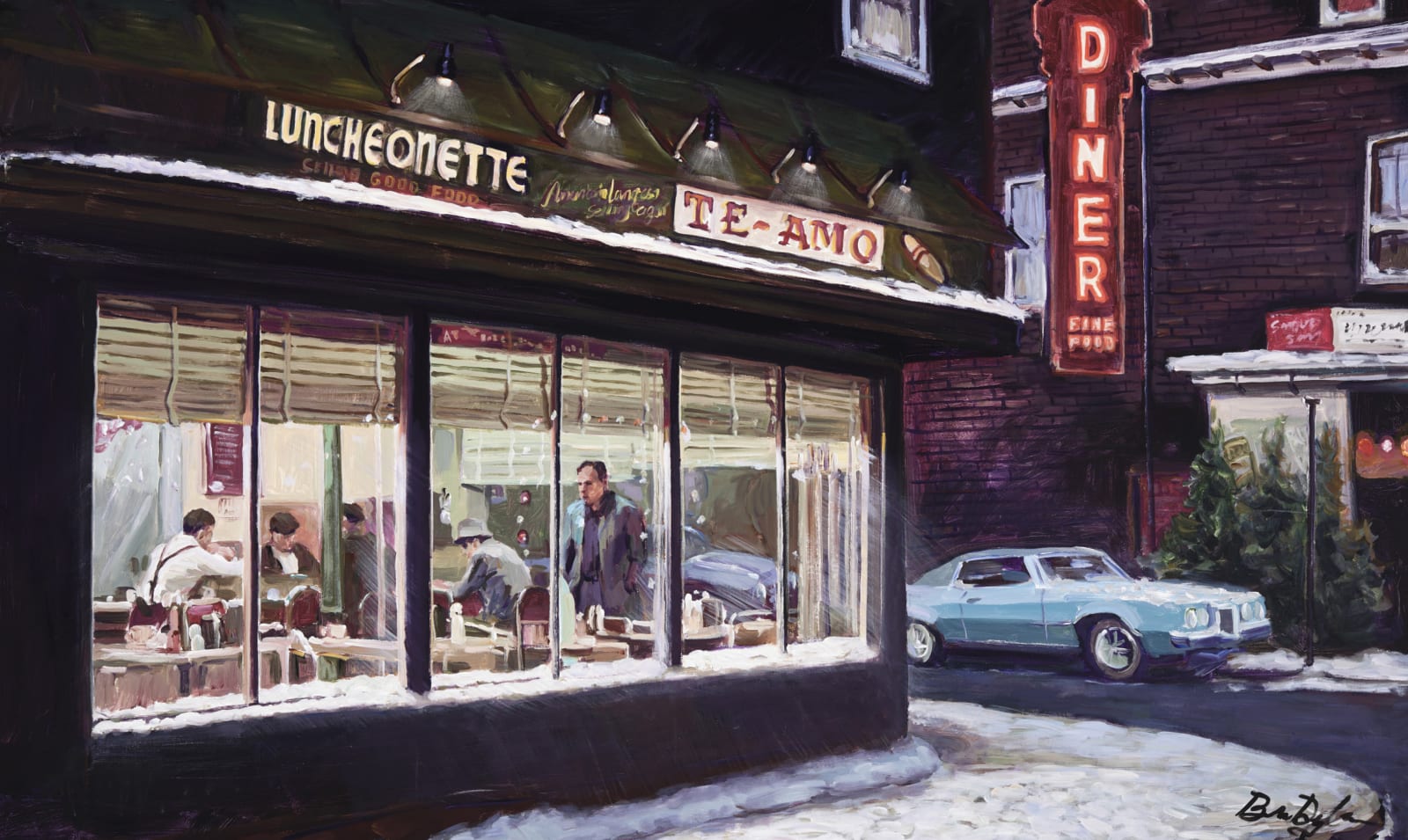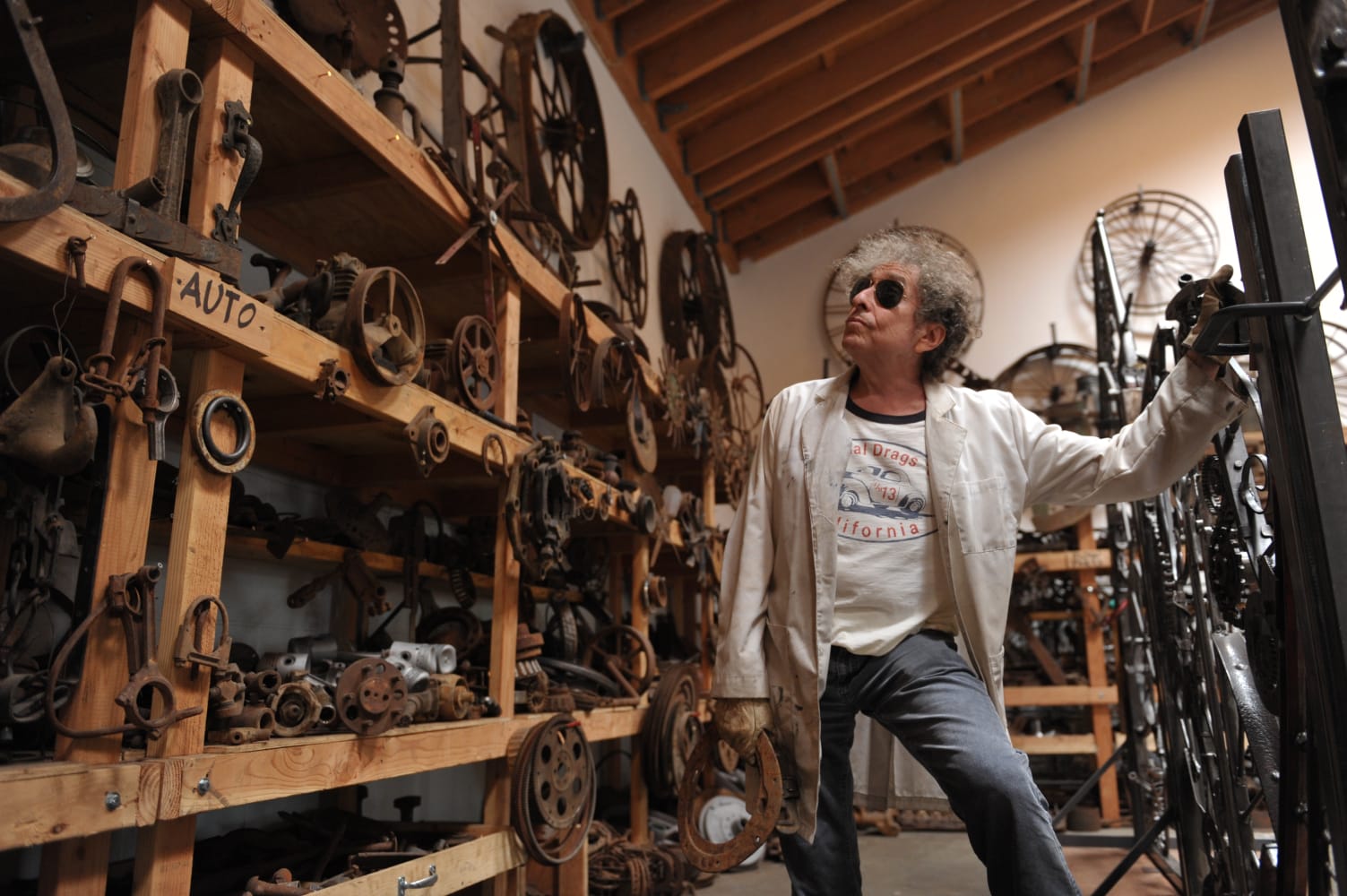

4 October 2024
David Hockney's Alphabet
David Hockney's Alphabet
H to Y
/
Hockney’s Alphabet is a diverse portfolio of works that draws together Hockney’s literary influence with his experiments in mark-making. 群交AV is pleased to present the portfolio at Living in Colour.
Here we have devised our own version of Hockney’s Alphabet ‘H to Y’ to explore the artist’s core themes, collections and inspirations.
If you are interested in adding to your collection speak to an art consultant today - info@halcyongallery.com



